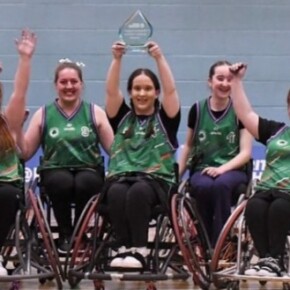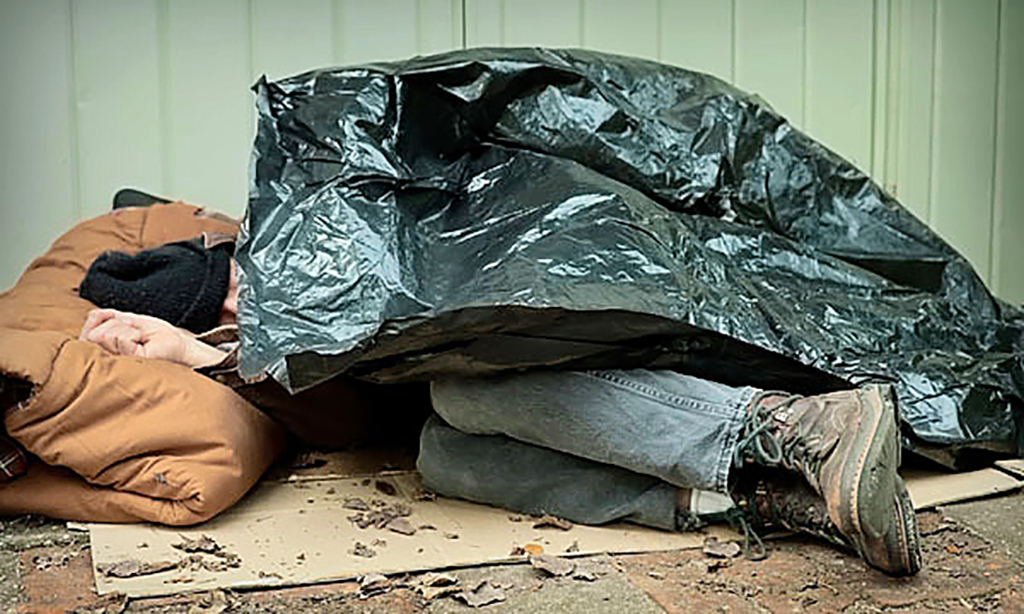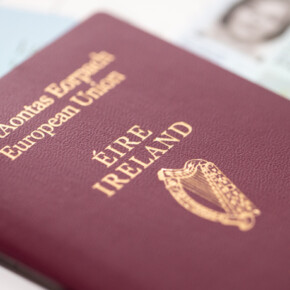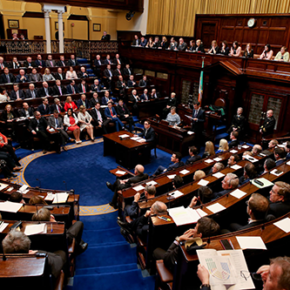Left finally unites to deliver knock-out blow to government
Mike Finnerty 05 Nov 2025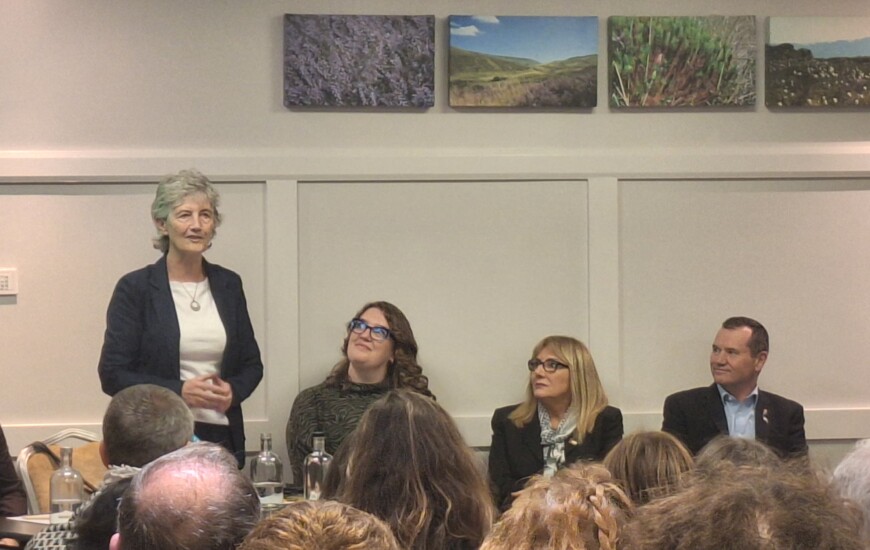
After months of build-up, the actual results of the 2025 presidential election were anticlimactic.
As early as 10 am on the morning of Saturday, October 25, it was clear that the Catherine Connolly campaign had won, and as the day progressed, the scale of the victory became clearer.
Places that voted for the government parties in last November’s general election fell by the wayside; when it was announced that the Connolly campaign had won Dún Laoghaire and Dublin Rathdown, the safest of government constituencies, there was a sense we were witnessing a genuine political earthquake.
On the evening before the election, Tánaiste Simon Harris boldly declared, “the polls said Michael D Higgins was never going to be President. He won the election. He won twice. He did a very good job. Tomorrow, we’re going to defy all the sceptics, and we’re going to elect Heather Humphreys the 10th president of Ireland.”
Connolly won with 63.3% of the vote, the highest first preference vote for a presidential candidate in history.
When the dust settled around Saturday tea time, and it was revealed that Heather Humphreys had won just her own constituency of Cavan-Monaghan, a clear picture emerged; the left came together, and won.
While social and traditional media were quick to claim that the spoil the vote campaign was the true success story of the campaign (it wasn’t), the scale of Connolly’s victory has been downplayed.
While the world-class intellectuals on Twitter and armchair broadsheet columnists celebrate a spoiled vote campaign that received fewer votes than Peter Casey got in 2018, the real story is just how much of a landslide the Connolly victory was.
In Dublin South-Central (nicknamed “The People’s Republic Of Dublin South-Central” because of its habit of electing leftist TDs), Connolly received 78.9% of the vote, even higher than her own constituency of Galway West (which saw a vote of 76.8%).
In Dublin Central, the scale of victory for Connolly was also impressive; 74.3% of the vote, compared to 19.6% for Humphreys.
There is the caveat that the Presidential election is more low-stakes than a general election, but the fact of the matter is that Sinn Féin, the Social Democrats and People Before Profit/Solidarity have backed the winning Presidential candidate in a Presidential election for the first time.
On September 20, Fine Gael MEP Regina Doherty posted on Twitter, “backing Catherine Connolly is a game changer all right; it changes Sinn Féin from contenders into spectators.”
As the results came in on the morning of October 25, it became apparent that Fine Gael were the spectators.
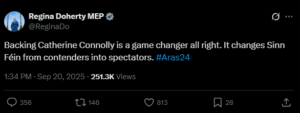
To the point about Sinn Féin’s backing of Connolly not having an impact, that was disproven the moment the now-famous video of Connolly performing keepie-uppies was uploaded to Sinn Féin’s TikTok account.
Indeed, the story of the election is the left banding together; in the last week of the campaign, a Connolly campaign event at Vicar Street saw Mary Lou McDonald, Ivana Bacik, Ruth Coppinger, Holly Cairns and Paul Murphy share the stage and a selfie together.
The general election last November saw the bare minimum of co-operation between the parties of the left; this year, there was a clear and concise effort to work together.
Bacik must be regarded as the architect of the project, as do Cian O’Callaghan and Roderic O’Gorman; in the first week of January, the Labour leader wrote to O’Callaghan, interim leader of the Social Democrats and O’Gorman, in his role as Green leader, and reached out to them about the prospect of the opposition working together to back a candidate for the Áras.
Labour have now become to presidential elections what Meryl Streep has become to Oscar-winning dramas; the minute they get involved, the campaign becomes an instant contender, with Labour backing the winning horse in three of the last five presidential elections.
Labour were the pariahs of the Irish left following their stint in government between 2011 and 2016, acting as mudguards for Fine Gael as they carried out Trioka-mandated austerity, but ever since Bacik became party leader in early 2022, Labour has moved back towards the left.
Walking from coalition talks with Fianna Fáil and Fine Gael before Christmas last year and now helping put Connolly in the Áras could mean that Labour’s time in the cold among their left-of-centre peers appears to be coming to an end.
The Social Democrats’ role in installing Connolly in the Áras was also a crucial part of why the campaign worked as well as it did, the Claude Makélélé of the campaign.
In January, O’Callaghan was quoted as saying, “our focus will be on reaching out not just to other parties but to civil society to see if we can build a broad coalition, like we saw in campaigns such as Repeal.”
The groundswell of support for Connolly and the radical sense of optimism had shades of the 2018 vote, with O’Callaghan’s vision for a broad civic coalition coming to fruition.
The Social Democrats were the first party to officially back Connolly all the way back in July, with Labour and People Before Profit/Solidarity joining the campaign not long after.
As the results came in, party leader Holly Cairns said, “this is a stunning victory for Catherine, which will have ramifications far beyond the Presidency.”
“It shows there is a huge desire out there for a different Ireland – of fairness, compassion and inclusivity – and we want to help deliver it.”
She said that “Catherine lit a spark and started a movement – we are determined to keep that flame burning.”
Whether the flame keeps burning is the million-dollar question.
People Before Profit TD Paul Murphy was bullish, saying, “this mass movement that was galvanised behind Catherine Connolly must continue beyond this result.”
“There is a lesson for all of the left – if we unite and mobilise people, we can win.”
The Dublin South-West TD said “people need to be offered a very clear choice – continuation of the over 100-year rule of Fianna Fáil and Fine Gael, or the first left government in the history of the state.”
Sinn Féin backed the winning horse in the race for the Áras for the first time, following a shambolic campaign in 2018 and a not-ready-for-prime-time bid by Martin McGuinness in 2011.
Whether Sinn Féin will actually continue its co-operation with the Combined Opposition will feed the Irish political faithful for the winter.
The first test of this would-be coalition will come in the Galway West by-election caused by Connolly’s victory; as early as October 26, Mary Lou McDonald was saying that Sinn Féin would be looking to run a candidate, noting that the party topped the poll there last November.
That electoral test is still some ways away – as much as six months away – so the coming weeks will be prime time to hash out the game plan for the opposition.
Agreeing upon a single candidate is easy, but hashing out a comprehensive plan on the likes of immigration, social issues, housing, taxation, transport, climate, and foreign policy? God forbid, transfer pacts?
That, as Fianna Fáil are so quick to say, is senior hurling.



